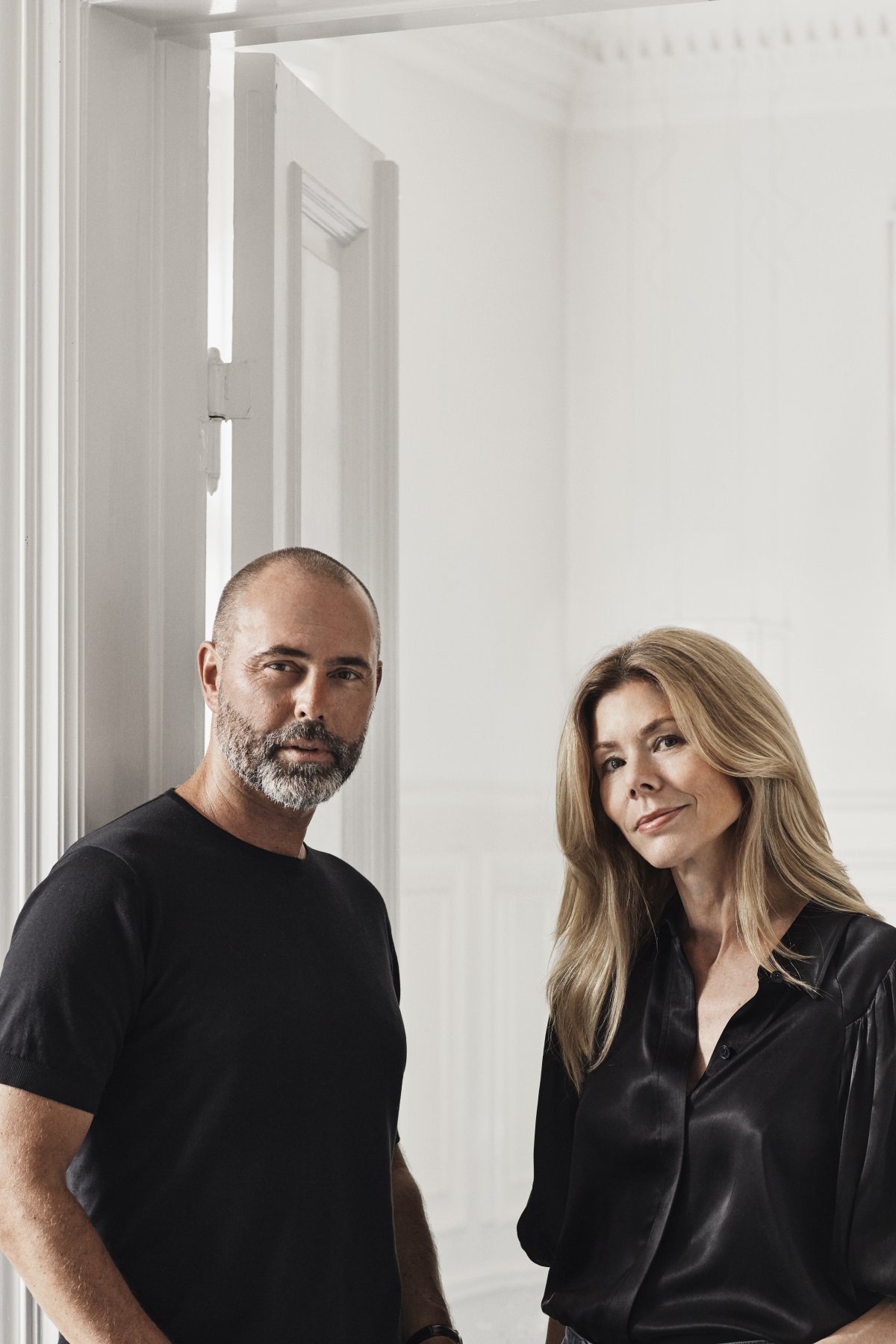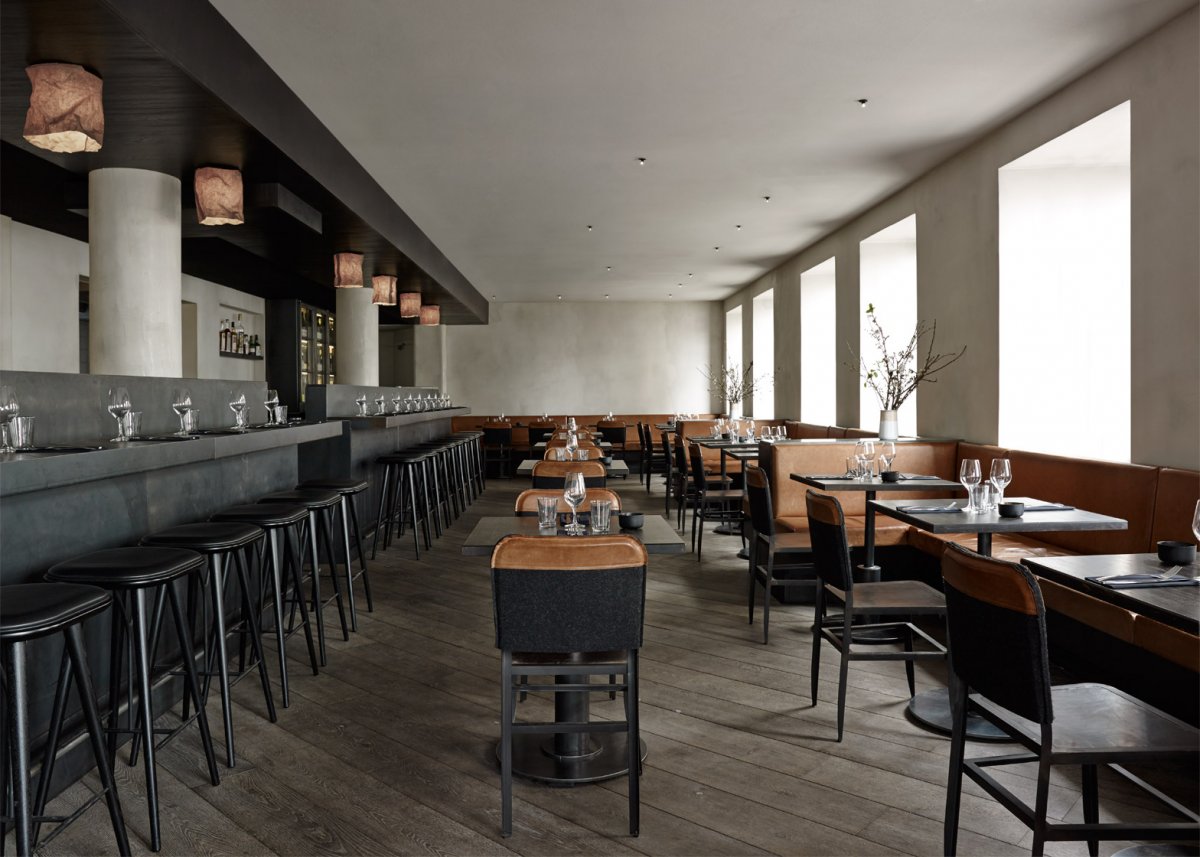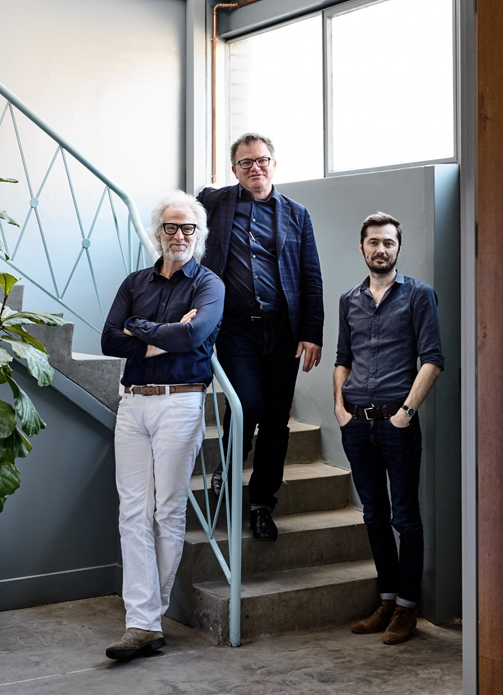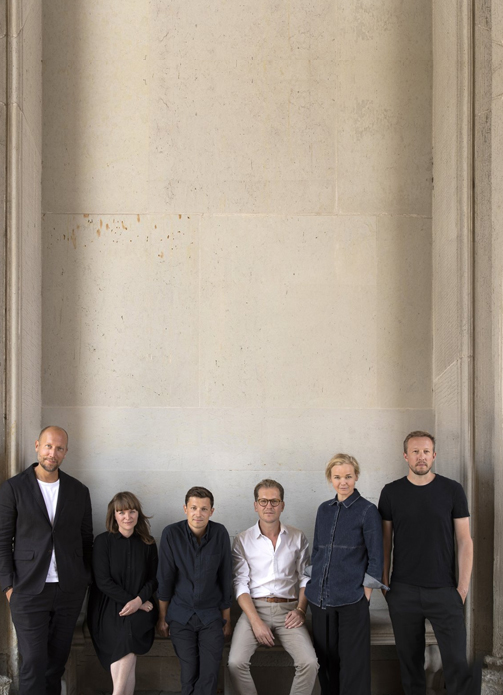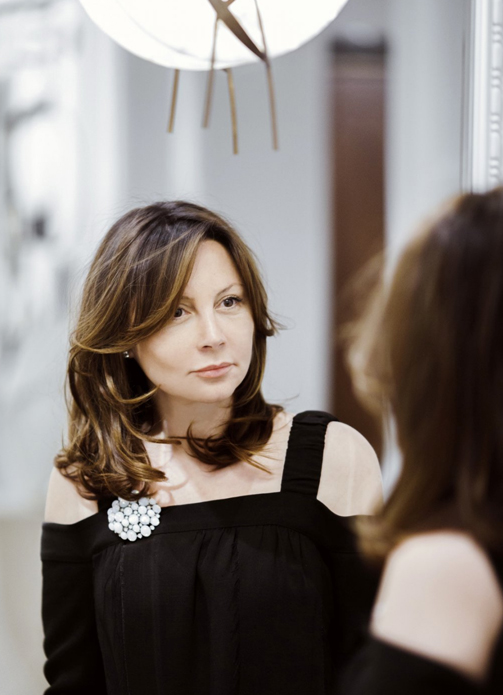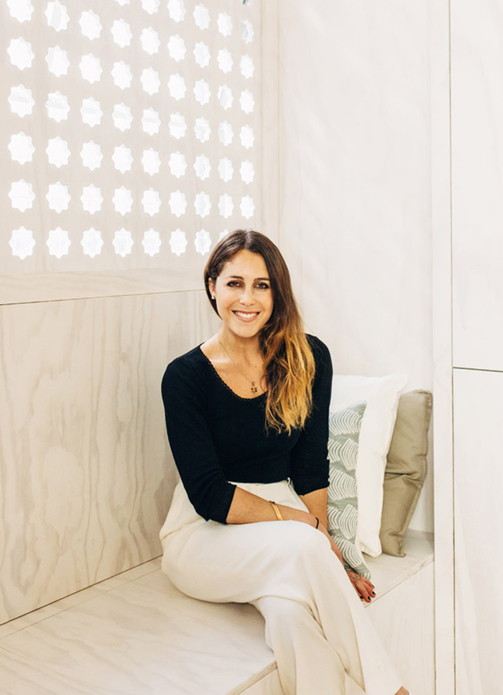
Founded in 2005 by Signe Bindslev Henriksen and Peter BundgaardRutzou, Space Copenhagen is known for its iconoclast and unique vision of design, Dedicated to furniture, lighting, decor, art installations, private homes, restaurants and hotel interior design disciplines. Space Copenhagen is known for its signature style of elegant yet classical design lines, incorporating contemporary edges of intuition and emotion, and their work is clearly defined by natural materials, soft colours, clear lines and meticulous craftsmanship.
Yinji: Under the guidance of poetic modernism, how do you apply it to the design of space?
Space Copenhagen:Poetic Modernism aims to suggest a parallel of relevance between intuition and pragmatism. That design, spatial relations, objects, life in general benefit from creating synergies between function, pragmatism, being clever and organised, paired with our intuitions and sensibilities. Our desires and appetites that surface to resolve our inner personal and human needs. Holistic terms and patterns that best are described by metaphor rather than specifications. The duality within our presence and the human spectrum.
Generally, when designing spaces, we take our inspiration from the human aspect and how the space actually makes you feel. This creates a big puzzle of materials, textures and light. But it is also important to pay attention to the small-scale elements, as this is what makes a space feel personal, embracing and warm.
We believe that the spaces that surround us have a direct effect on our mood and well-being. Working with interiors is simply a personal study of our everyday needs, the small rituals we engage in, the things we do to feel at home, organised, safe, cosy or simply uplifted and joyful. This could be personal objects, candles, sculptural lighting for ambience, books, plants or a certain comfortable way of arranging a setting. These are all aspects which make us focus on the things close to us and make us feel more at home, at ease and inspired.
Yinji: How do you create the light and shadow of the space?
Space Copenhagen: We pay a lot of attention to how to compose the light in a space – which is an act of subtle layering. We need different types of light in a space - and at different hours of the day. We need light to support function and we sometimes need light to support the architecture. But we also need light to create ambience and a magic atmosphere. The right lighting scheme is an important tool to enhance intimacy, warmth and connection. Very often we work with skilled lighting consultants so that we can achieve exactly the right mood and level of flexibility we need.
Yinji:Yinji: How do you interpret minimalist design? In your design career, who are your most influenced masters?
Space Copenhagen: Scandinavian design is a natural part of our heritage and upbringing - both personally and professionally. We love Scandinavian & Danish design, and, in many ways, we feel very connected to it. That said, we also feel that there has been a certain tendency to narrow down and simplify the actual creative span of the design approach from, for example, the Danish masters. Kjærholm’s minimal approach is very different from Juhl’s organic equilibrium and Arne Jacobsen’s playfulness. What ties them together is a mutual interest, approach and curiosity towards other cultures, travelling, being open minded and looking out. Coming from a small country that becomes a very natural discourse and, in that sense, we feel and share the same need. And maybe a certain passion for organic materials and details filters down.
With that background in mind, our interests and method allow us to engage in many layers of references and inspirational sources. Depending on the character of each project, we often try to let ourselves be influenced by intuition in a combination of both contemporary elements and historic motifs. Seeking a certain slowness to be embedded in our design, we find that diving into the vast pool of great design, belonging to different time periods and cultural origins, may enhance a sense of familiarity. This, in combination with whatever contemporary touch brings it back to today, projects a timeless quality into our designs.
Yinji: Approximately how many projects will you complete each year? Will furniture design become your separate department? How do they operate?
Space Copenhagen:We used to finalise a lot of smaller projects every year, but over the past 6- 7 years we have mostly worked with bigger projects - like hotels or bigger residential developments. Most of these projects take from 4-8 years to complete, which means that we might only finalize 2-3 a year, - and then maybe a handful of smaller projects, such as restaurants, private projects etc.
Furniture Design is already its own small department, - but is in the same space as the project department. These two departments collaborate a lot, we develop many of the furniture pieces specifically for a project and some of these may then be developed further and launched with one of our product partners. For instance, our new Howard lighting collection for Gubi is inspired by bespoke lighting we designed for the 11 Howard Hotel in New York. Furniture Design is a great passion of ours, and we love to be able to jump between the mega scale of a big project with many people involved, - to the quieter and more introvert process of working with on small scale, - the scale of the body.
Yinji: How do you view the regionality of design and how do you view Chinese design?
Space Copenhagen:As mentioned earlier, being Scandinavian is in our DNA – but deep down in our creative tradition - travelling, looking out and being curious on the world and other cultures, has been a defining premise. We have always tried to work with furniture and design in a manner which resonates on a deeper level and across cultures, to try to understand what connects us as human beings. When we travel, we tend to both get inspired, but we also understand more about ourselves and where we come from. Chinese Design is a good example of this feedback system. The remarkable legacy of Ancient Chinese design is simply so beautiful and impressive and even though we come from a very different culture, somehow, we feel a recognition and connection in their approach to craft, materials, and tactility. We are thrilled to see how this Chinese legacy resulted in a vibrant scene of Chinese contemporary design, which has redefined those traditions with modern techniques and materials.
- Architect: Space Copenhagen
- Words: Ying
